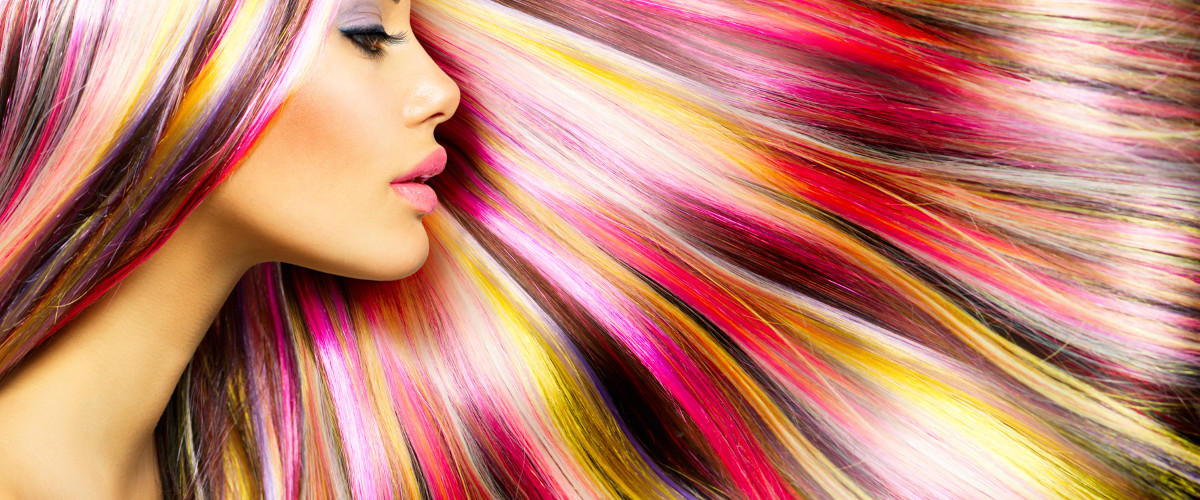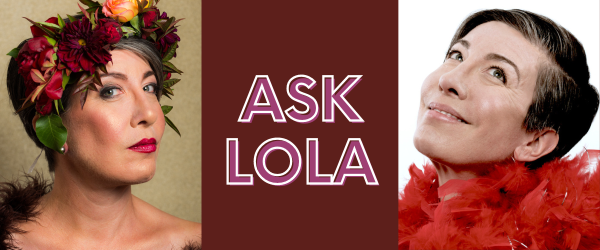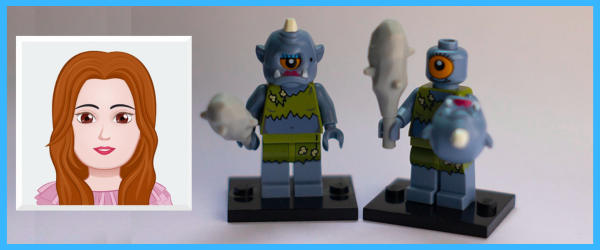You bleach, color, straighten, style, spray, relax, curl, add extensions, pin, twist, hot-iron, wash and blow it dry. It’s your hair, and lately you’ve noticed it on your clothing, in the shower, in your car… You even found a strand or two in your refrigerator. Are you shedding normally or are you losing it?
What is “normal”?
Hair has a life cycle. It grows for two to six years, spends 10 percent of its time in a resting phase and then falls out. A normal shed is 50 to 100 hairs per day. If you notice an increase in shedding or thinning, or see some bald spots, contact a dermatologist. More than 30 million women experience hair loss every year, and women make up 40 percent of all hair-loss sufferers. Let’s look at a few causes and treatments.
Androgenic alopecia
Also known as hereditary hair loss, this is the most common form of thinning hair in women, and it affects the front and top parts of the scalp. You won’t lose all your hair, but there may be great loss in certain areas.
Your dermatologist might recommend over-the-counter topical minoxidil, best known as Rogaine. The product is applied morning and evening in a 2-percent solution for women and 5-percent solution for men, although many women use the 5-percent. (Look for the bottle with an eyedropper for specific application, rather than the all-over foam.)
Other options include small amounts of cortisone injected into areas on the scalp, or if the thinning is very prominent in front with a full or dense head of hair in the back, some women opt for hair transplants. In this case, small plugs are taken from the back of the scalp and put into the front.
Some dermatologists will prescribe spironolactone or Propecia. Originally used for high blood pressure, spironolactone turns off dihydrotestosterone, or DHT, which triggers hair loss. It is prescribed for women past childbearing age, and while it can be helpful, there are possible side effects such as breast tenderness. Propecia is FDA-approved for men but is used off-label for women past childbearing age.
Alopecia areata
Women with alopecia areata lose all their hair, sometimes including eyebrows and eyelashes. Thought to be an autoimmune condition in which the body attacks the hair roots, the cause is unknown and presents with round, bald circles on the scalp where the hair has fallen out. Alopecia areata can progress or recur to involve large portions of the scalp. Treatment begins with lab work to confirm whether the hair loss is related to an autoimmune condition or thyroid problem, and continued with Rogaine applied twice daily.
Telogen effluvium
Telogen effluvium is triggered by major stress to the body, such as surgery, anesthesia, childbirth, a high fever over 102 degrees, serious illness and chemotherapy, or trauma, including loss of a loved one, divorce, or other stressful situations. Hair loss begins three or four months after the event and usually grows back without treatment. In telogen effluvium, the hair is thrown into a premature resting phase. While there is no scientific information to prove stress-related hair loss, there is some association for cause and effect.
Intermittent or cyclic hair loss
This condition, which presents as diffused hair loss, appears in middle-aged or perimenopausal women, with no known cause. The diagnosis is mainly clinical but can be supported by a scalp biopsy, which requires removing a small plug, no larger than the tip of a ballpoint pen, and sending it to a dermatological pathologist for reading and diagnosis. (This plug, or “punch,” requires two stitches in your scalp, which are removed within a week.) Intermittent hair loss can happen once, or it can cycle every six to 10 years. If lab work comes back normal, your dermatologist may recommend twice-daily Rogaine and a multivitamin for regrowth.
Prescription drugs
Some medications, such as certain antidepressants, beta-blockers, Coumadin (warfarin), hormone replacements, hormone supplements and cholesterol-lowering agents can cause hair loss. This happens in up to 10 percent of patients, and it is difficult to fight the side effect. Your dermatologist may recommend Rogaine.
Trichotillomania
Trichotillomania involves repeatedly pulling and twisting hair strands in a localized area of the scalp. It is generally a bad habit, or it can be related to excessive stress or a psychological condition. It often takes place while reading, watching television, driving, working or in school. If this describes you, be mindful of what you’re doing — and the results — when you reach for your hair.
Scarring hair loss
Discoid Lupus Erythematosus (Discoid LE) causes localized scarring areas in the scalp and skin, and sometimes other areas.
Lichen Planus is an inflammatory condition that offers little hope in the area of hair regrowth. Like Discoid LE, it can be treated with topical and injected cortisone to keep scarring down.
Nutrition
What you eat has a direct impact on your hair. Too much Vitamin A and anemia both can cause hair loss. Crash dieting, eating disorders and severe protein deficiency may cause hair loss, but be aware of your daily protein requirement, as we often overestimate our needs. Unfortunately, adding vitamins and supplements to your regimen is not the answer. There is a lot of science behind biotin for increased nail strength, and hair and nails are similar, so perhaps it can help, but anything over the counter can make claims without backing. A good diet and a reputable hair-and-nails vitamin are your best options.
Snake oil
Much has been made of dandruff shampoos in the fight against hair loss. If it’s a fungal-infection hair loss, those shampoos can help. Otherwise, no. As far as Nioxin, Shen-Min, silica, L-cysteine, pantothenic acid, choline, inositol, and all the others — it’s your money; do with it as you please.
Is it falling out or breaking?
If your hair is breaking, you’ll see different lengths of hair on your head and your dermatologist will see hair strands in every root. Breakage can be the result of thyroid issues, over-styling, scratching from eczema or dandruff, or over-processing.
Special needs for women of color
Relaxing your hair can cause breakage, excessive dryness and hair loss. Find a well-trained stylist, and use specific shampoos that coat your hair with protein and help with the grooming process in general. This type of breakage problem will repair itself if you stop processing your hair. Dermatologists often see thinning and hair loss along the hairline as a result of tight braiding. The constant traction and pulling on the hair follicles cause them to shrink and be destroyed. This type of hair loss is permanent.
Centrifugal cicatricial alopecia
This form of hair loss is widespread in women of color. It begins on top of the scalp and can progress in an oval shape, sometimes reaching near-total hair loss. The cause is unknown, although research suggests inflammation of the hair follicles. Treatments include Rogaine applied twice daily, steroids, antibiotics, dandruff shampoo and protein-rich shampoo. Early treatment is imperative in order to save the hair follicles and prevent permanent hair loss.
Hair, hair, everywhere
Whatever your situation, your hair requires special treatment in order to remain healthy. If you color, do it carefully and properly. Find a qualified, reputable salon, or if you color at home, follow the instructions on the box, including the patch test. Use gentle products, and don’t make a habit of “stripping” your strands. Use touch-up products to extend the time between full coloring sessions. Use a conditioner every time you shampoo, and consider decreasing the frequency of washing your color-treated or dry-and-brittle hair. Don’t comb or brush excessively. Ease up on the styling products and tools. Let your hair air-dry whenever you can. Wear a hat when outdoors to protect your hair from summer sun and winter winds. You want your hair to undergo as little trauma as possible.
—
Jenna Andre is a total gearhead who also appreciates the simpler things in life. Email her at Jenna.Andre@ynotcam.com.
Oh — you’re only 26, and you think this isn’t an issue…










